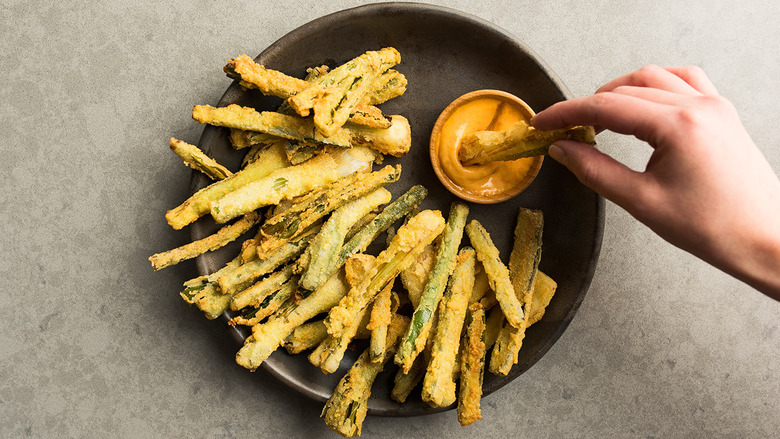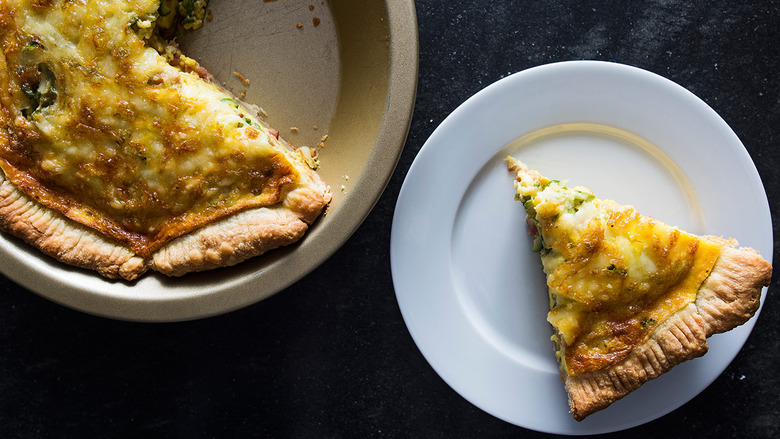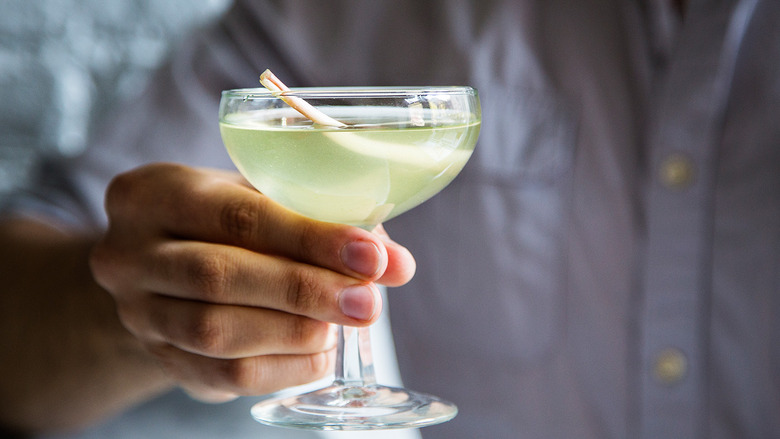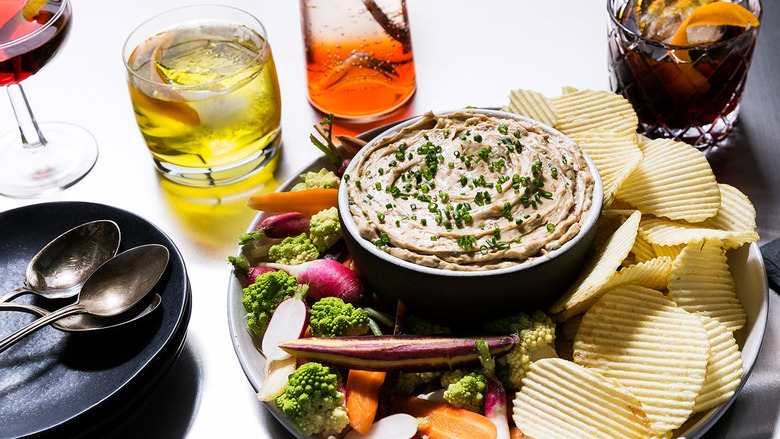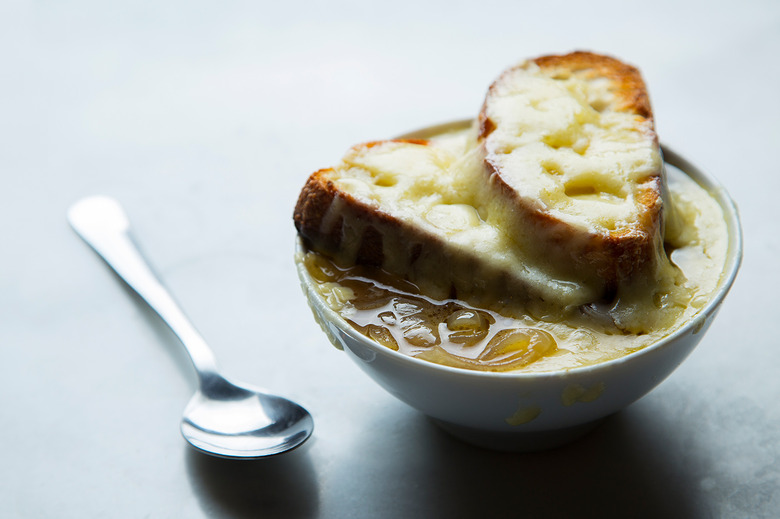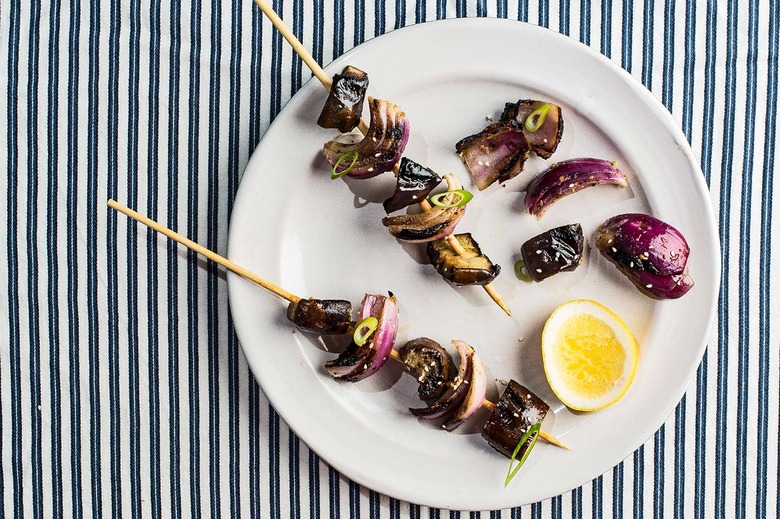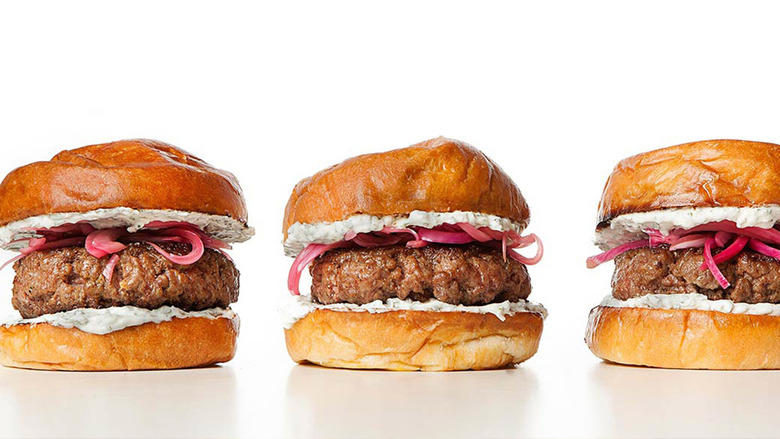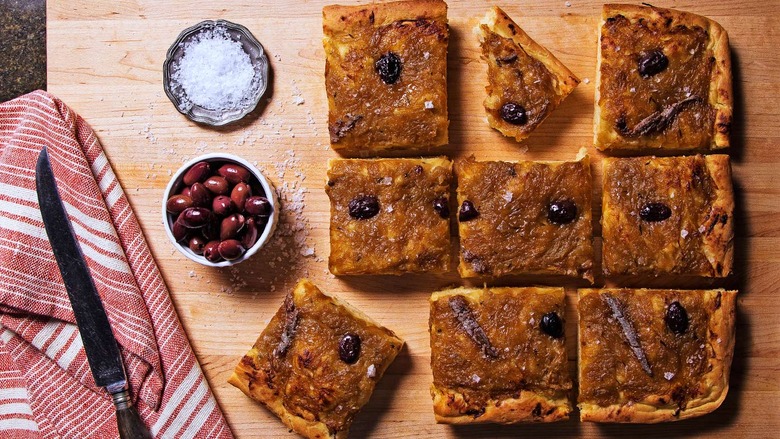A Guide To Cooking With Every Type Of Onion
Everything you wanted to know about onions but were crying too hard to ask
We may receive a commission on purchases made from links.
Don't cry—really, it will all be all right. Onions are complex, layered alliums, and the simple act of trying to make sense of the sheer variety—yellow, white, red, Maui, Vidalia, Walla Walla—is overwhelming enough to put you in therapy.
To help slice through the confusion, we enlist the help of two of the country's most noteworthy authors and cooks—Mark Bittman, author of How to Cook Everything and longtime New York Times columnist, and Sara Moulton, chef and author of several cookbooks including her latest, Sara Moulton's Home Cooking 101—to answer all the questions you have about onions but were too afraid to ask.
RELATED The Real Reason Why Onions Make You Cry "
First things first: No matter what kind of onion you're using, make sure it's firm and healthy looking, with no bruises, Bittman says. Avoid the onions that are old, dried out or look like they've been sitting in the bin at the grocery store for too many months. The skin should be papery and dry, without signs of moisture or mold. And make sure they're not sprouting.
Young Onions
The first onions of the season, available when the weather just starts to warm up, include scallions, also known as green onions, and spring onions, which resemble scallions but have small onion bulbs at the base. Given their young age, they're lighter and milder than storage onions (which we'll get to in a second).
"These are the greener, long-stem onions that are harvested before they reach maturity," Moulton says. "They haven't developed the high concentration of sugar or sulfur that gives onions their bite."
Both spring onions and scallions are great eaten raw and work beautifully on burgers after they're grilled or cooked over high heat. "One of the things I learned with my cookbook is that if you cook a yellow onion over high heat, it won't develop that depth of flavor," Moulton says. "The high heat shuts down those sulfurous compounds, which give the onion its complex flavors. But a green onion can take that high heat." Always store spring onions in the fridge.
Storage Onions
When most of us think of onions, we think first of the ones used for sautéing, sweating, making guacamole, and garnishing burgers and salads—the round and multilayered "storage" onions wrapped in thin papery skin. These onions keep for a long time—hence their name—and include the yellow, sweet, white and red varieties, and are usually harvested in the fall, Bittman says.
① Yellow Onions, aka Spanish Onions: Sautéing, Sweating, Caramelizing
Yellow onions are the most pungent and have the most bite of all storage onions. That's because they have the highest concentration of sulfur and a high sugar content as well, which makes them ideal for the long, slow sweat, and for sautéing and caramelizing.
Moulton also prefers yellow onions for French onion soups—they offer great depth of flavor—and for onion rings. "You can use sweet onions like the Walla Walla for onion rings, but I find them too bland. I like a little bite in an onion ring," she says.
Store yellow onions on a cool countertop, preferably away from light and definitely away from potatoes—the gases from the onions can hasten sprouting in potatoes. If you have half an onion left over, wrap it very well and keep it in the fridge. Or pickle it.
② Sweet Onions, aka Walla Walla, Vidalia, Maui: Raw
If you're looking for an onion to eat raw, sweet onions, such as Maui, Vidalia and Walla Walla, are your best bet. Some folks have even been known to eat them like apples. Seriously. "They're quite mild and are higher in moisture, with a thinner skin than other storage onions," Moulton says, and she adds that it's important to store these types of onions in the fridge. Sweet onions are best used in salads and other dishes where they're kept raw. But, Moulton warns, "I wouldn't use these for a recipe where I am looking for flavor."
③ Red Onions: Burgers, Salads and Sandwiches
These jewel-toned beauties have that same sharp flavor as the yellow onion, but they're best raw, because they can turn bluish when exposed to high heat—not exactly an appetizing hue for a soup or stew. (If you do end up cooking red onions in a pinch, you can restore their original color by simply adding acid, like some lemon juice or balsamic vinegar.)
Use red onions for pickling, as garnishes for salads, and to brighten up sandwiches and burgers. And although their sharpness is their finest quality, tone it down a notch the way Moulton does: by soaking them in ice water for 15 to 20 minutes, "which crisps them up and takes that bite out of them." Store them as you would a yellow onion.
④ White Onions: Salsas and Guacamole
White onions are slightly milder than red and yellow onions, and work beautifully in recipes that call for raw onions. This makes them the classic choice for Mexican food—salsas, guacamole and the like.
Bittman prefers white onions over all others. "I've come to believe that white onions are really the best for all-purpose use, though it's not a position I could defend readily," he says. Store these as you would a yellow or red onion, but just be sure to use 'em soon: They tend to spoil more quickly.

